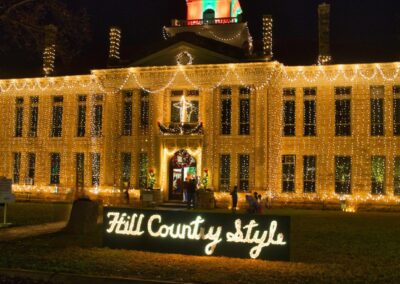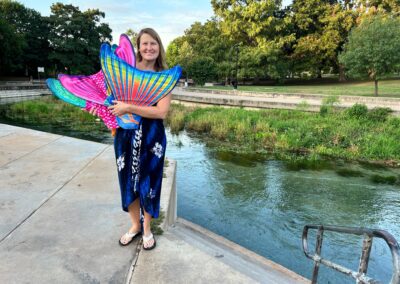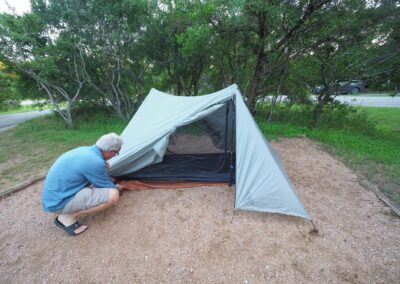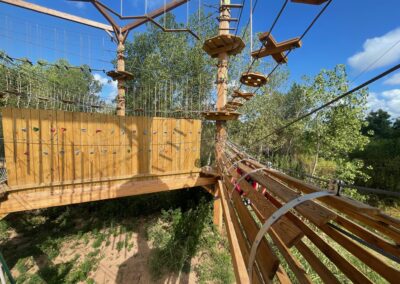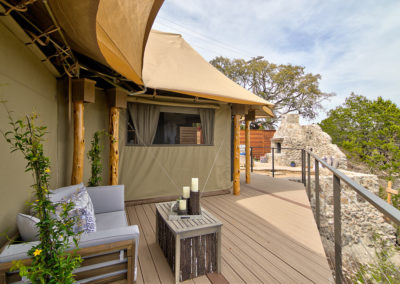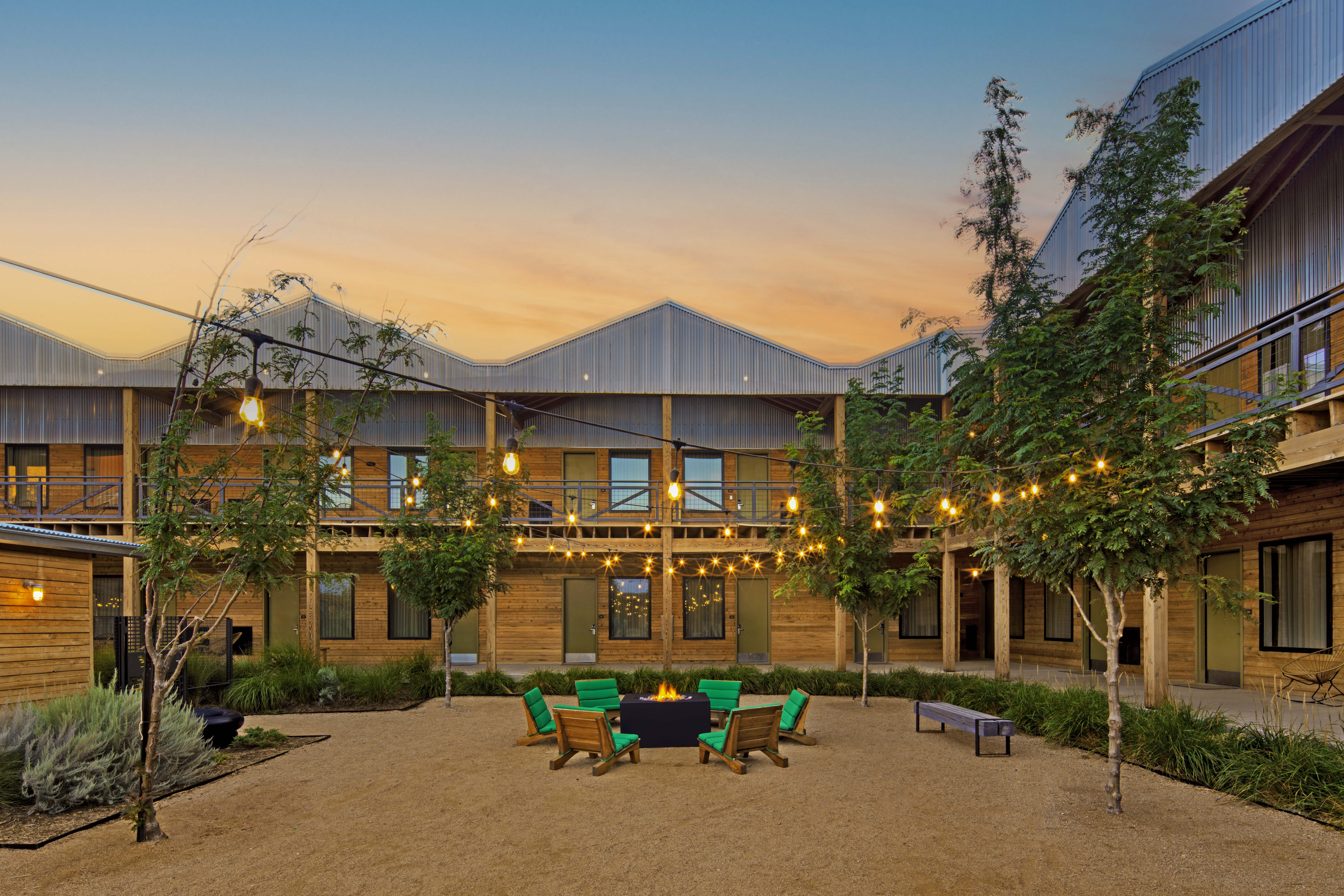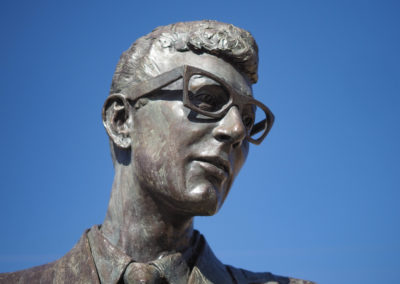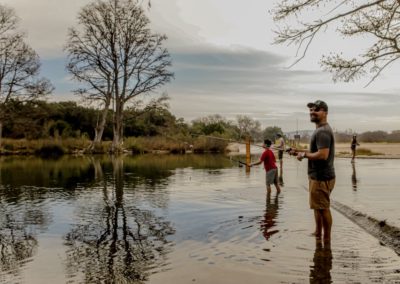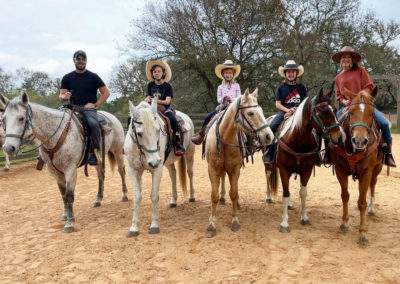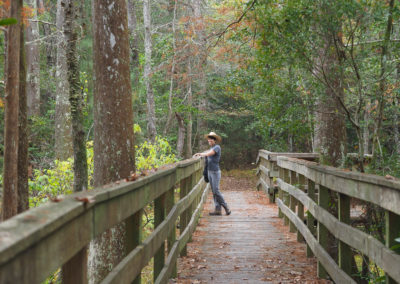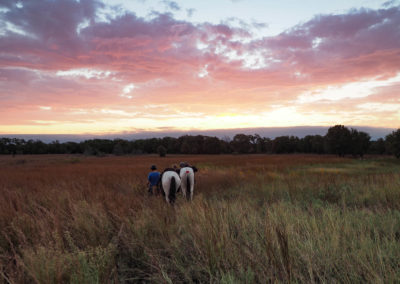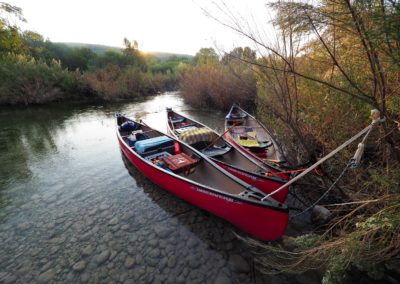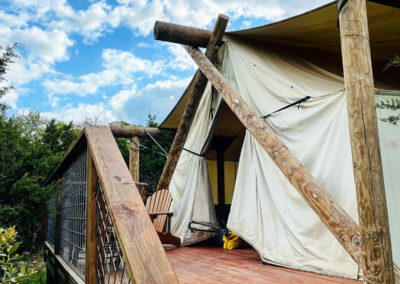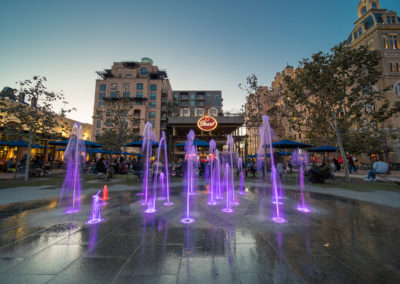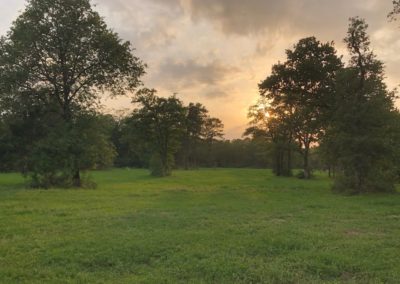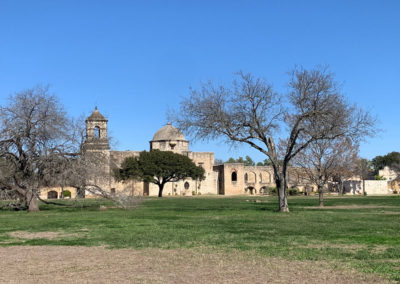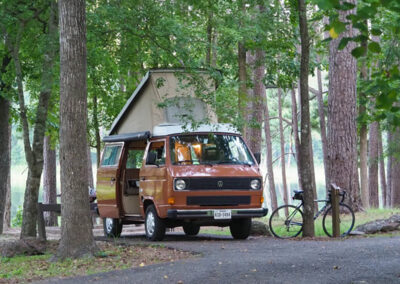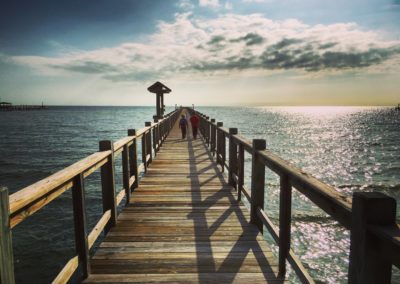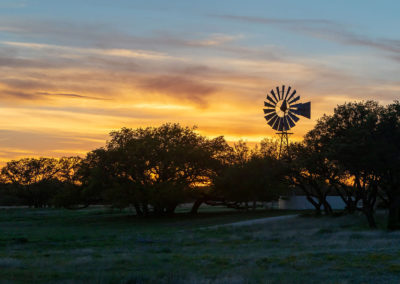You may pass through Amarillo and only see rows of hotels and strip malls, but if you look just past the beaten path, you will find an acclaimed creation built by Chip Lord, Hudson Marquez and Doug Michels: Cadillac Ranch.
In 1974, Lord, Marquez and Michels were part of a group called Ant Farm whose goal was to challenge the viewers’ traditional way of seeing architecture, to “flip it on its nose,” if you will. Buried nose down, the art installation Cadillac Ranch showcases 10 Cadillac models in release-year succession to highlight the evolution of their tail fins.

Unlike so many tourist attractions these days, it doesn’t cost a dime to check it out. There are no food trucks, Ferris wheels or ticket takers, which was a really refreshing realization, especially in pandemic times when we aimed to keep our contact at a bare minimum.
A short stroll into the middle of the high plains field, your path is littered with abandoned spray paint cans and lids, which, while a bit offensive at first glance, almost seems to have become part of the piece with its sprinkling of bright colors against plain brown dirt.
The spray paint paves the way for visitors to add their own signatures to the cars, of which most people take advantage. We didn’t bring paint but had multiple families offer theirs to us on their way out, a full can apparently lasting a bit longer than anyone’s interest in sticking around.
The collection is periodically painted entirely to reflect a movement or by commercial entities for their purposes. In 2012, it was painted in a rainbow to celebrate gay pride, and in June 2020, every car was painted black with the words “Black Lives Matter” by activists to protest the death of George Floyd.

Not unlike the rest of our public forums, it was a house, or “ranch,” divided in late 2020, with equally passionately painted slogans for Biden/Harris and Trump. At first, I was saddened to overhear some kids talking about how much they despised the candidate they didn’t support while painting their candidate’s name all over the place. Just when I thought all hope for civility may be lost, and just as they were about to deface the work of an artist for the opposing candidate, the children’s mom chimed in, saying, “No, don’t paint over their work, it’s important we don’t disrespect their expression just because it is different from our own.”
Once our family and theirs sprayed our share and left our mark, we departed separately but together, walking away from our differences in artist/political expression, each with multiple kids in tow, back into the real world. Ant Farm challenges us to see architecture differently, but Cadillac Ranch may also challenge us to see our neighbor differently in this divided time.
















